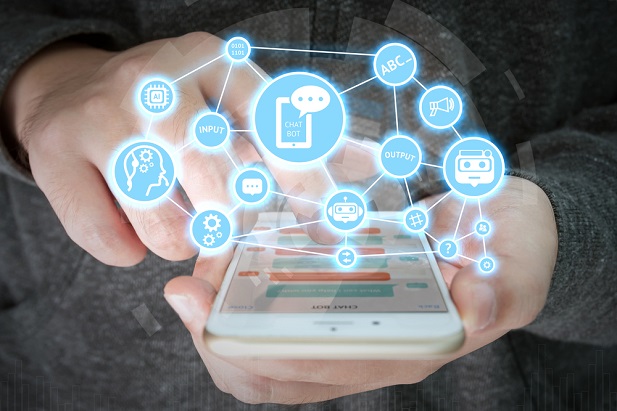 The idea behind smartphone-accessible EHRs is that individuals can let health-related apps access their medical data and better understand and control their health data. (Photo: Shutterstock)
The idea behind smartphone-accessible EHRs is that individuals can let health-related apps access their medical data and better understand and control their health data. (Photo: Shutterstock)
While people now have the ability to download their electronic medical records onto their smartphones so they can better manage their health, only a few are early adopters, according to a study published in JAMA Network Open.
But that could just be the case that not enough third-party health management apps have been launched or that health care providers haven’t begun to sufficiently market the merits of downloading health records, the UC San Francisco and UC San Diego Health researchers conclude.
Related: EHR use growing among hospitals, but patient use lags
“There are substantial federal policy efforts under the 21st Century Cures Act and private sector initiatives to advance solutions that allow patients to interact with their health data by first downloading their health record data to their smartphones,” the researchers write. “Ultimately, the vision is for the emergence of an ecosystem in which third-party applications help patients and their clinicians and other caregivers convert data into health-improvement actions.”
The researchers analyzed data from 12 U.S. health systems that all use the same electronic health record vendor, Epic, which also provides patients with the ability to download their personal records to their smartphones via “Fast Healthcare Interoperability Resources”–enabled application programming interfaces (APIs).
The idea is for individuals to then let health-related apps on their smartphones access their medical data so that they can better understand and control their health data, more easily ensure data accuracy, shop for high-value health care services, avoid the need to repeatedly supply data for entry into each new health care provider’s electronic health record and increase their participation in clinical research, according to the study.
The researchers found that there were 156 new users of Epic’s online patient portal per month per health system – though just a tiny fraction of all of the portal users (a mean of 0.7 percent) were also users of the API that enables patients to send their records to their smartphones.
“Because this capability is new, few applications are currently able to access and use the data,” the researchers write. “In addition, there has been little effort by health care systems or health information technology vendors to market this new capability to patients, and there are not clear incentives for patients to adopt it.”
Still, the study can be used as baseline data to track “efforts to create an ecosystem in which patients use their smartphones to manage and engage with their health record data,” they add.
Apple has launched initiatives to streamline users’ access to their health records, according to Becker Hospital Review. “In 2018, the company launched its Health Records feature, which uses fast healthcare interoperability resources APIs to integrate with health systems’ EHRs and store the data in an iPhone-based app,” Becker Hospital Review writes. “More than 200 hospitals and health systems offer the feature.”
Read more:
- UnitedHealth, Amazon, and the race to streamline medical records
- Google’s foray into health records raises privacy concerns
- Many patients don’t get much out of EHRs
© Touchpoint Markets, All Rights Reserved. Request academic re-use from www.copyright.com. All other uses, submit a request to [email protected]. For more inforrmation visit Asset & Logo Licensing.







